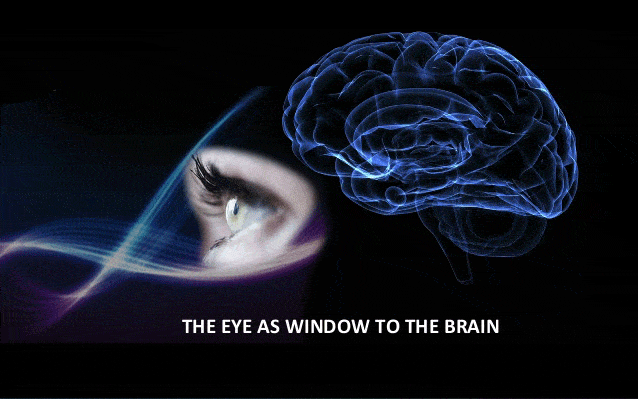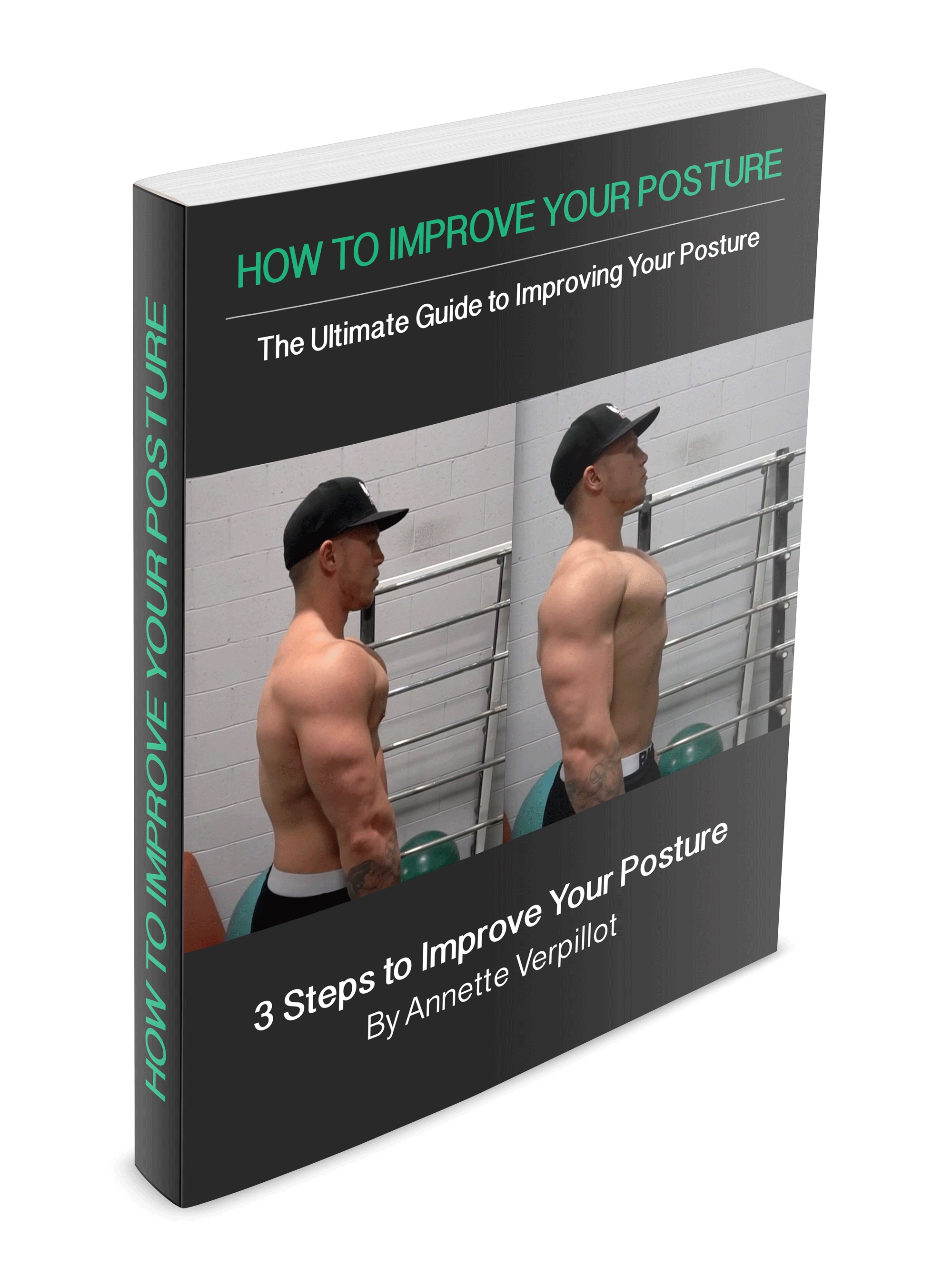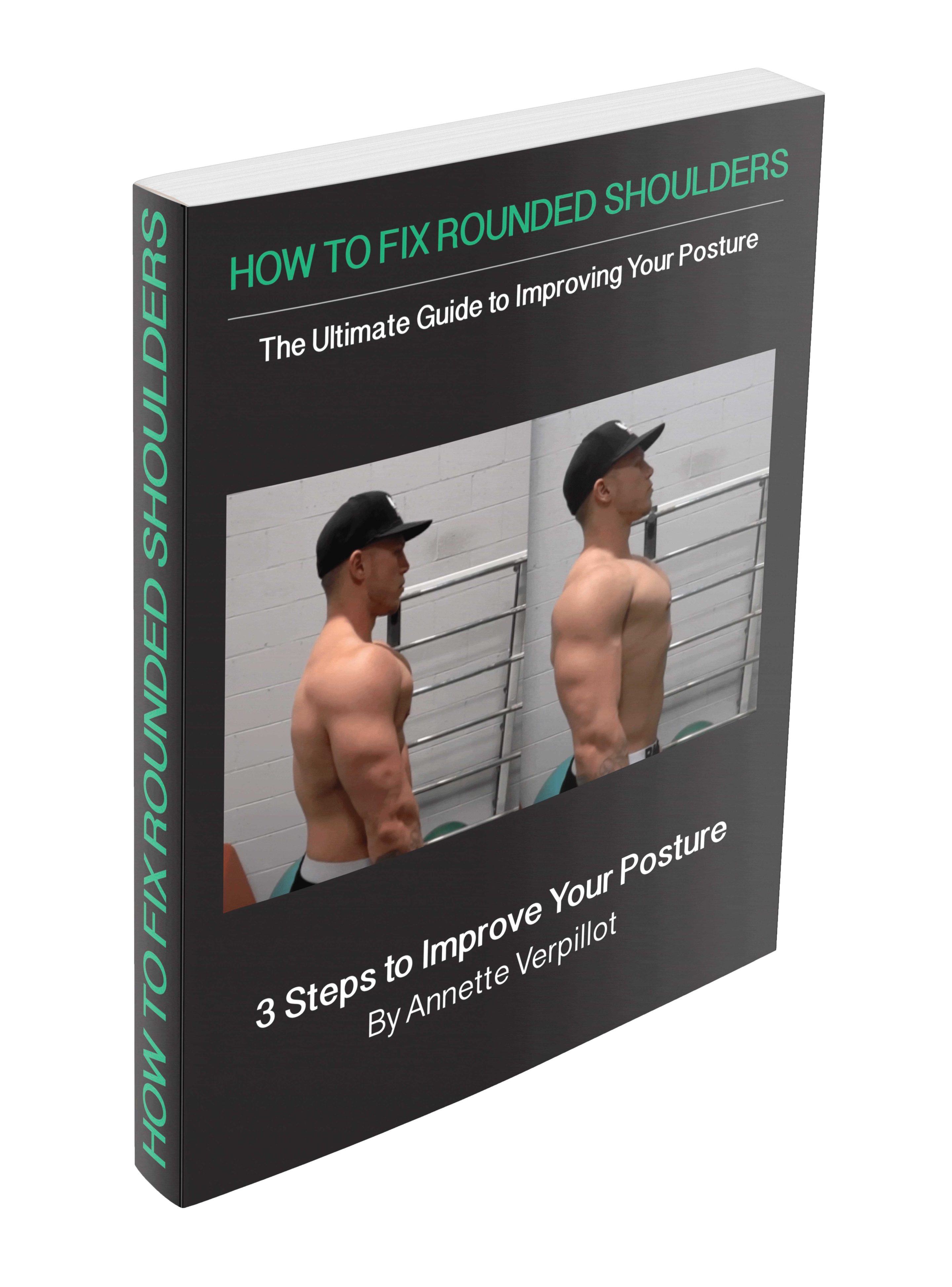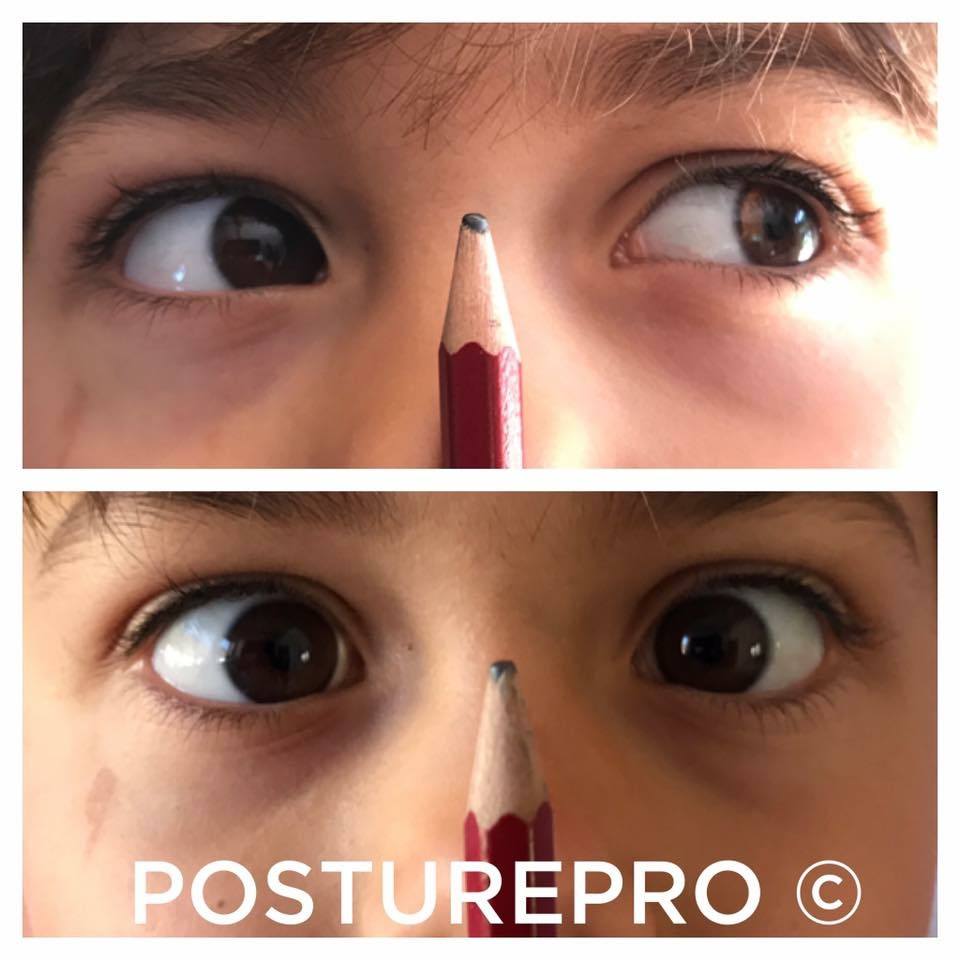Fix Your Lazy Eye
A limitless universe exists behind everybody’s eyes. Your brain processes trillions of input to coordinate your life and help you navigate the world. Most of this information comes from the two orbs that have inspired centuries of poetic minds.

Scientists estimate between half to two-thirds of your brain’s electrical activity serves for visual analysis. The mirrors of the soul help you see shapes and colors, along with the fine details of your surroundings. They also guide your nervous system to keep your body balanced when you stand and move.
The muscles that move them more than 100,000 times a day allow you to scan your surroundings and focus on a specific target. An imbalance can cause conditions ranging from ADHD to poor body awareness, lower back pain, and even poor posture.
Now, your eyes are vital to your perception of the world, yet few health professionals consider them in the pain or performance discourse. This article explores the role played by your vision to keep your body upright and your movements fluid.

And then there was light.
Your eyes have three coats filled with a watery fluid in the front and a jelly-like substance in the back. These layers hold the machinery that converts light into the impulses sent to the nervous system through your optic nerve.
The signal travels to the back of your brain into a region called the visual cortex. Information from each eye gets analyzed, then fused to form the one image that you see. Imagine having to watch the world through two screens all the time. You would go crazy.
Optometry treats diseases and malfunctions of this visual circuit. The Posturepro-method looks at the symmetry and movement of your eyes. These two components are critical to send a clear signal to your brain and will affect how you sense the world, if imbalanced.
Six muscles around each eyeball elicit movement in all directions to expand your field of vision. These Extraocular muscles were paramount to the survival of the species, as they prevented surprise predator attacks and enabled the ability to focus on a target. Convergence refers to the inward, symmetrical rotation of each eye to track an object in motion.
Problems occur when these muscles fail to pull their part. A convergence imbalance distorts your perception of the world. Your brain has to process and correct the two asymmetrical images to display one picture only. This adjustment is a waste of energy and causes postural adaptations.
Your Eyes and Posture
Posture is your nervous system’s response to gravity, a muscle tone from head to toe that prevents you from falling.
Various scientists have established the link between the eyes and posture in their research. This study published in the journal Brain found that postural instability increased when visual acuity decreased. Another study published in the Journal of Physiology confirmed that vision influenced the speed and size of postural sway when standing still.
One of your shoulders might be higher or more forward than the other because the signal sent by your eyes is wrong. Your brain thinks you are elsewhere. No amount of manual therapy will resolve muscular pain or postural imbalances if this communication is out of tune. You must address a problem at the source.
Stimulate Your Eye Muscles
Eye convergence is one of the main elements assessed by a Posturepro-trained practitioner during an initial consultation.
Here are some simple exercises to stimulate the Extra-oculi muscles around your eyes:
Your eyes play a vital role in your perception of the world. Book an online consultation with a Posturepro-trained practitioner to make sure your brain gets the right visual signal at all times. Do you have pain? Book an online consult: bit.ly/online-consult
References:
(2016, December 23). The Connection Between Vision & Balance. Retrieved from https://vestibular.org/news/12-23-2016/connection-between-vision-balance
Paulus, W. M., Straube, A., & Brandt, T. (1984). Visual Stabilization Of Posture. Brain, 107(4), 1143–1163. doi: 10.1093/brain/107.4.1143

Free Guide: How to Fix Rounded Shoulders
Download a copy of How to Improve your Posture right away by entering your email below:
The causes behind poor posture.
Shoes and gait.
How tongue position and swallowing mechanics affect your body.

Free Guide: How to Fix Rounded Shoulders
Download a copy of How to Improve your Posture right away by entering your email below:
The causes behind poor posture.
Shoes and gait.
How tongue position and swallowing mechanics affect your body.
QUESTIONS ABOUT OUR PROGRAM?
BOOK A FREE CALL WITH ANNETTE

Free Guide: How to Fix Rounded Shoulders
Download a copy of How to Improve your Posture right away by entering your email below:
The causes behind poor posture.
Shoes and gait.
How tongue position and swallowing mechanics affect your body.

Free Guide: How to Fix Rounded Shoulders
Download a copy of How to Improve your Posture right away by entering your email below:

